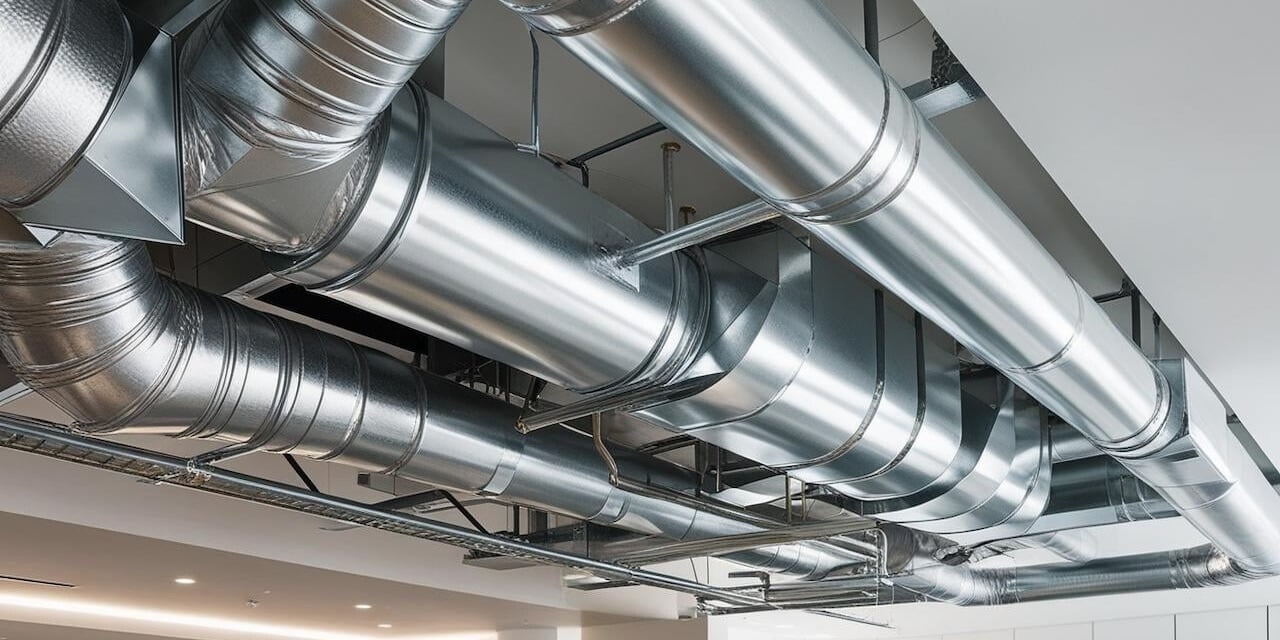Newsletter
The start to the new decade marked huge changes in all of our lives, with COVID-19 propelling workplace and public safety to the top of the global conversation. As a key factor for health and well-being, indoor air quality and ways to improve it became top priorities for facility managers and business owners around the world.

Continuous indoor air quality monitoring is a crucial component of any indoor air quality strategy and can reap many benefits, including:
- Catching IAQ problem areas that could be missed by spot checks
- Gathering more complete data to represent the true air quality of spaces
- Helping you make better informed, data-backed decisions
- Meeting indoor air quality requirements for building certifications
However, as helpful as continuous air quality monitoring can be, it’s not as simple as installing a monitor and leaving it be. Monitoring and improving indoor air quality are active processes that can be enormously helpful if implemented correctly and largely useless if implemented incorrectly.
Thus, we’d like to take this article to discuss four common pitfalls encountered by people looking to put a new indoor air quality monitoring system into practice or optimize an existing system.
The “Dump-And-Go” Approach to IAQ Monitoring
As we’ve already mentioned above, indoor air quality monitoring is an active process; installing air quality monitors is certainly a step in the right direction, but it’s not the only step.
Over the years, the design of air quality monitoring devices has been optimized to fit many spaces, and these devices can appear deceptively simple. However, air quality monitors are still scientific devices created with the intent to take precise readings of a range of parameters. They need to be maintained for air quality data to remain high quality and accurate.
For example, dust can accumulate inside of air quality monitors over time. Optical sensors won’t be able to take accurate readings under these conditions. You can think of it like looking through a dirty window, or taking a picture with a smudged lens. The results will, of course, be limited.
So, anyone looking to implement continuous monitoring or leverage an existing system should ask themselves: Am I taking care of my devices? Are they calibrated annually? Who is responsible for ensuring that my air quality sensors are accurate? Answering these questions will help you get the most out of your monitoring system.
Too Few Devices in Too Few Spaces
Once you know that your devices are going to be taken care of, it’s time to consider our second pitfall: collecting limited data.
Each project is different, and projects will often need to monitor different parameters. If you are missing a crucial pollutant from your indoor air quality monitoring system, then you won’t be able to holistically understand your air and make improvements. Furthermore, the air quality in one space can be quite different from another, even within the same building.

For instance, carbon dioxide (CO2) may be at normal levels in a larger office area, but when many people are cooped up in conference rooms for long periods of time, CO2 levels can buildup. In this case, monitoring the air quality in the wider office area will not give you enough information about the air of the entire project, and pollutant hotspots can remain unnoticed. The general rule is that each separate, regularly occupied space should have it's own monitor, but for more detailed information about monitor density and placement, read our article here.
Underutilizing Your Data
Once you know you have enough data, what then? Simply having air quality data is beneficial in some aspects, as you can use it to keep tabs on your air, but it can go much further. Air quality data can be integrated into HVAC and building management systems (BMS) to automate certain data-driven actions.
One recent case that illustrates the importance of this data use is the California wildfires. The 2020 wildfire season in California was a juggling act between the dangers of airborne particulates and airborne viruses. On the one hand, increasing the ventilation of fresh, outdoor air dilutes the presence of airborne viral particles and vapors from disinfection products, but on the other it could lead to elevated particulate matter levels due to the smoke. Air quality monitoring data helps automate this balance, as particulate matter and TVOC readings can tell the HVAC system when to ventilate and recirculate, as well as whether the efficiency of your air filters are up to the task.
Not Sharing Your IAQ Data
Once you have your air quality monitoring system all sorted out, ensuring that devices are maintained, enough data is collected, and your data is properly utilized, it’s easy to think that all steps are completed, but this is not the case. You should ask yourself: is my air quality data available to the public?
In the era of COVID-19, indoor air quality management went from a “nice-to-have” to a “need-to-have” for business owners, facility managers, and building occupants. Since COVID-19 can travel through the air, indoor air quality management has swiftly emerged as one of the most important ways to deter the spread of COVID-19 in buildings. Displaying air quality data not only reassures the public that you are taking steps to protect them from COVID-19, and that your project is as safe as it can be, but it ensures that you are realizing the full benefits of your air quality monitoring system.
Wrap Up: Key IAQ Monitoring Pitfalls
In conclusion, continuous indoor air quality monitoring has many benefits, but also has a few common pitfalls to be aware of, including:
- Installing air quality monitors without considering long-term accuracy and maintenance.
- Installing too few monitors, or monitoring too few parameters.
- Underutilizing the data you do collect.
- Retaining air quality data from the public, especially during the COVID-19 pandemic.
If you can avoid these four common mistakes, you will be well on your way to maximizing the effectiveness of your air quality monitoring system.
Need more information about air quality monitoring? Check out our newest guide all about commercial air quality monitoring and key things to consider before investing an a monitor below:
Did you enjoy this content and want to learn more? Check out the following resources we put together:
1. How Continuous IAQ Monitoring Can Help Reduce COVID-19 Risk2. Insider’s Guide to Choosing the Right Commercial Air Quality Monitor






.png?width=200&height=148&name=Menu%20C%20(2).png)

.png?width=307&height=228&name=Menu%20-%20D%20(1).png)
.png)





